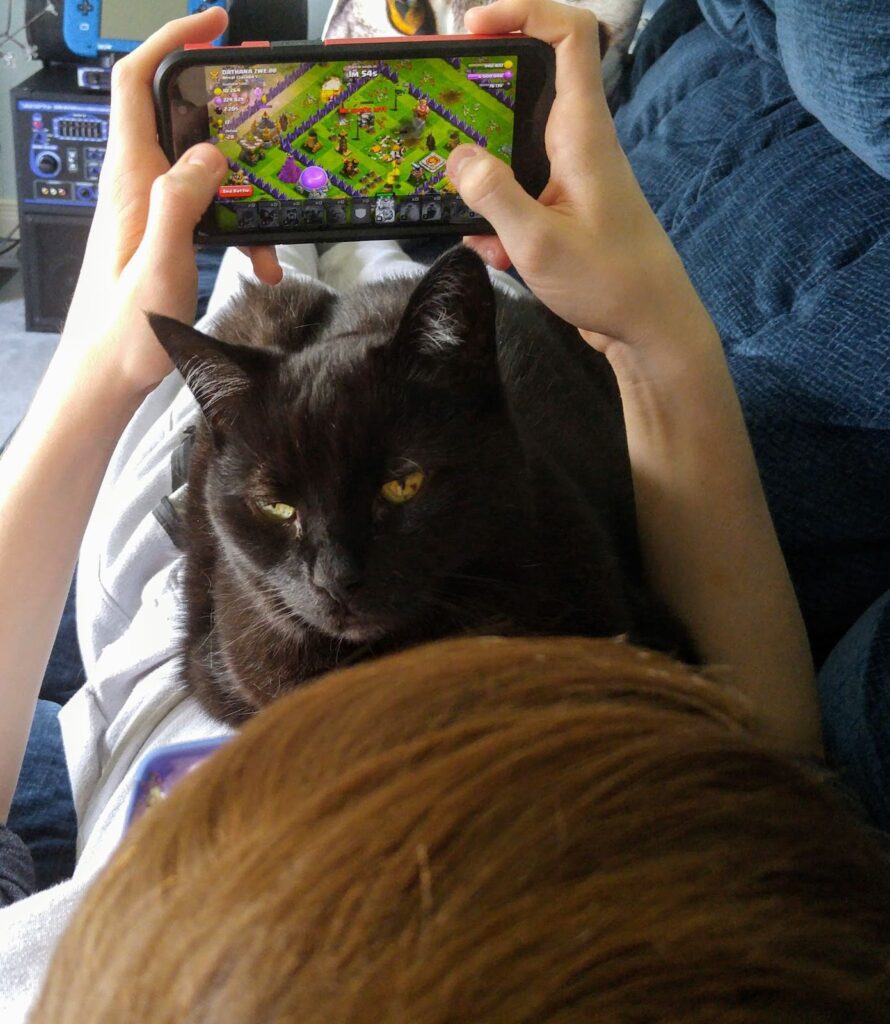“It is hard for a free fish to understand what is happening to a hooked one.”
― Karl A. Menninger
What is Shenpa?

I was first introduced to the notion of Shenpa by Pema Chödrön when I was doing some research on compulsive buying. She has published extensively on this concept in a variety of books and articles. Shenpa is a Tibetan Buddhism concept loosely translated to mean attachment. It has also been described as “being hooked.” This hooked experience can trigger our automatic reaction to want to close down or withdraw.
We all experience shenpa; however, it is most salient in our interpersonal relationships. It can occur when someone says something that may be upsetting to you (criticism, judgment). Your body constricts (increased heart rate, clenching, perspiring, etc.) and you feel emotional discomfort (anger, anxiety, sadness, hurt, fear, resentment, uneasiness etc.). We feel frozen in time, stuck and unable to move forward. This is a very common everyday experience; it is simply part of being human.
Think about those moments when you are having a challenging conversation with your partner…you see yourself falling into the same old song and dance sparring routine… but you go all “Leeroy Jenkins” anyways. Your eyes are wide open, but you continue to fall into the same hole regardless of the consequences. Cultivating awareness of this experience is a key step to taking charge. The role of awareness is best described in the following excerpts from Pema Chödrön:
“The work we have to do is about coming to know that we’re tensing or hooked or “all worked up.” That’s the essence of realization. The earlier we catch it, the easier shenpa is to work with, but even catching it when we’re already all worked up is good.”
“Sometimes we have to go through the whole cycle even though we see what we’re doing. The urge is so strong, the hook so sharp, the habitual pattern so sticky, that there are times when we can’t do anything about it.”
The mindful journey to cultivate awareness is eloquently described in Portia Nelson’s poem, Autobiography in Five Short Chapters.
Autobiography in Five Short Chapters – “There’s a Hole in My Sidewalk” by Portia Nelson
Chapter One I walk down the street. There is a deep hole in the sidewalk. I fall in. I am lost . . . I am helpless. It isn’t my fault . . . It takes forever to find a way out. Chapter Two I walk down the same street. There is a deep hole in the sidewalk. I pretend I don’t see it. I fall in again. I can’t believe I am in this same place. But it isn’t my fault. It still takes a long time to get out. Chapter Three I walk down the same street. There is a deep hole in the sidewalk. I see it there. I still fall . . . it’s a habit . . . but, My eyes are open. I know where I am. It is my fault. I get out immediately. Chapter Four I walk down the same street. There is a deep hole in the sidewalk. I walk around it. Chapter Five I walk down another street.
How Shenpa Relates to Addiction
In my professional role, shenpa can be a significant trigger as we have an urge to seek relief from this discomfort and uneasiness. This uncomfortable experience can trigger cravings, which in turn can lead to escapism through mindless use of technology.
To further understand this internal experience, it may be helpful to bring the Curious George approach to shenpa (previously discussed in Surfing the Wave of Desire). Applying a mindful lens will increase our awareness of “what we are all worked up about.” This Curious George lens can be applied to those sticky thoughts and emotions that may trigger an urge to engage in digital drugs (video gaming, shopping, social media, pornograpy, online gambling, purchasing loot boxes or skins etc.).
When we are experiencing challenging emotions, it is easy to want to impulsively escape these emotions through engaging in pain-avoidant activities (addictions). It can feel like we are in quicksand and will reach for just about anything to pull us out. With further reflection, we realize that our relief actually lies in tuning into the discomfort versus tuning out.
The Unhooking Process
Chödrön conceptualizes the process of unhooking in terms of the Four R’s.
Recognize: The first step is to recognize your internal (thoughts, feelings, physical sensations) and external triggers (people, places, things). In mindfulness, slowing down and being in the moment can help us recognize our internal warning signs (tightness, tense, anxiety). Tuning into our thoughts, feelings and body sensations will help increase awareness of our moment-to-moment experience. In this step it can be especially helpful to use the physical sensations as an anchor. As we close down our chest becomes tight, our breathing changes (fight and flight experience) and it can feel as though we are suffocating. We are the fish on the hook.
Awareness of this experience is half the battle and acceptance is the other half. Accepting that we are hooked is humbling; however, it is important to remember that everyone gets hooked. It is an opportunity to bring curiosity and compassion to this experience versus defensiveness, self-degradation or judgment.
Refrain: When we have an itch there is an automatic reaction to want to scratch the itch. We want to seek relief. This itch can become all consuming and is best described in the following quote:
“Sometimes shenpa is so strong that we’re willing to die getting this short-term symptomatic relief.”
Pema Chödrön
This is when we are at risk to engage in a behaviour (gaming, gambling, binge watching Netflix, scrolling social media feeds, watching endless IG reels etc.) that may provide “short-term symptomatic relief,” but may have long-term consequences (wolf in sheep’s clothing).
Our best approach is to refrain from scratching, but how do we do this?
Relax: When we are hooked our habitual reaction is to reach for anything to give us a sense of relief; however trying to satisfy this urge with mindless use of technology is like trying to quench our thirst with salt water. It is a short term solution to a long term problem. In essence, it is a band-aid.
The goal in these moments is to be mindful and notice what it feels like to “be hooked.” Listening to our internal whispers will help us make a conscious decision to relax and lean into the experience. This is where our freedom lies.
Think about these scenarios for a moment…
- This preoccupation reminded me of my experience post-knee surgery. I had my leg in a cast and experienced a physical itch that was unbearable. I remember sticking a ruler down my cast to relieve the itch. At that time, I could have scratched the itch raw just to relieve this “unbearable” sensation. Consider the lengths we will go to to seek relief.
- This being hooked also reminds me of my experience with massage. When the masseuse finds a tense muscle, they apply pressure. There is discomfort and pain. Our natural reaction is to tighten up.. to clench our body…to hold our breath. Our fight/flight response ignites and our breathing becomes irregular and shallow. The masseuse gently reminds us to relax and breathe. The pain and discomfort subsides when we relax. The muscle unravels when we let go.
- I also relate this experience to medical procedures. During medical procedures, we are often uncomfortable. As a form of protection we naturally tighten and our body becomes rigid. The medical professional reminds us to relax, breathe and the discomfort lessens as we ease into the experience.
Resolve: After going through the unhooking process, make a commitment to continue to strengthen your resolve to practice these four steps in the future. Remind yourself that this unhooking process is a more sustainable solution versus seeking immediate gratification in the technology rabbit hole.
Let’s apply the Four R’s to Technology
Scenario – Teenage Gamer

You have been playing your favourite video game for 2 hours straight.
Your mom barges into your bedroom and tells you it is bedtime and you need to log off.
You feel like you just started playing and the game is super intense.
You’re the only one who has to leave mid-game. All of your friends are still playing. You want to yell and swear at your mom, but instead, you begin the unhooking process.
Recognize: Take a moment to recognize the desire to continue to play. Recognize the urge to yell and swear. Notice the anger by tuning into your body. Notice your heart racing, your face turning red and your clenched fists. Tune into your thoughts: “This is unfair,” “How could she do this?” “She is just being mean.” “Everyone is going to trash talk me for leaving early.” Relish in your internal awareness.
Refrain: Even though you recognize that your automatic knee-jerk reaction is to yell and swear, refrain from acting on this urge. Take a moment to also notice the urge to continue to play to escape these unpleasant emotions.
Take a moment to bring a sense of curiosity to all these sensations. What do you notice? How does it feel? Where do you notice these sensations? You are in control and don’t have to react or scratch the itch.
Relax: As you become aware of these sensations, allow yourself to loosen up. Let the urge unravel naturally like a tense or tight muscle. Notice yourself letting go and easing into the moment. Notice yourself sinking into the experience.
Resolve: After going through the unhooking process, make a commitment to yourself to continue to push pause on your automatic reactions. This pause creates an opportunity for you to respond in a way that is more congruent with your values. Celebrate you!
Although you are no longer hooked, you will experience shenpa again and again in multiple situations. Remember the goal isn’t to change how you think or feel, but to bring a curious compassion to the moment. Lean into the experience and let go.
Reflecting on Shenpa
Take a moment to reflect on the last time you experienced shenpa and remember:
“When we scratch the wound and give into our addictions, we do not allow the wound to heal.”
Pema Chödrön